 In today's fast-paced manufacturing landscape, optimizing workflows is essential for maintaining competitiveness and achieving operational efficiency. According to a recent report by the National Wood Flooring Association, businesses that implement tailored solutions, such as ply cut to size, can reduce waste by up to 25% and enhance production speed significantly. Specifically, the Architecture and Engineering industry has seen a 15% increase in productivity by adopting innovative cutting techniques that allow for accurate sizing and minimal leftover material. By leveraging ply cut to size solutions, manufacturers can not only streamline their processes but also improve material utilization, leading to substantial cost savings and a lower environmental footprint.
In today's fast-paced manufacturing landscape, optimizing workflows is essential for maintaining competitiveness and achieving operational efficiency. According to a recent report by the National Wood Flooring Association, businesses that implement tailored solutions, such as ply cut to size, can reduce waste by up to 25% and enhance production speed significantly. Specifically, the Architecture and Engineering industry has seen a 15% increase in productivity by adopting innovative cutting techniques that allow for accurate sizing and minimal leftover material. By leveraging ply cut to size solutions, manufacturers can not only streamline their processes but also improve material utilization, leading to substantial cost savings and a lower environmental footprint.
In this article, we will explore various strategies on how to effectively integrate ply cut to size practices into your workflow, ensuring efficient production and sustained growth in an ever-evolving market.
In today's fast-paced manufacturing environment, understanding ply cut to size solutions is crucial for enhancing workflow efficiency. These solutions enable precise and automated cutting processes, which are essential for reducing material waste and increasing production speed. Recent industry reports highlight that companies implementing automated cutting technologies can achieve up to a 30% reduction in material costs and significantly lower labor expenses, leading to an overall increase in profitability.
A key player in this arena is the next-generation automated cutting system, designed to maximize productivity. By integrating advanced automation, these systems streamline the cutting process, thereby minimizing work in process and ensuring that operations are less prone to human error. According to a study conducted by a leading industry research group, manufacturers utilizing such automated solutions have reported a 40% decrease in lead times, allowing them to fulfill customer orders more swiftly and effectively. Embracing ply cut to size solutions not only refines the workflow but also positions businesses to respond more adaptively to market demands.
Implementing Ply Cut to Size solutions in production processes offers several key benefits that significantly enhance workflow efficiency. One major advantage is the reduction of material waste. By tailoring cuts to specific dimensions required for each project, companies can maximize the use of their raw materials. This precision not only conserves resources but also leads to cost savings, allowing manufacturers to allocate funds elsewhere within their operations.
Another important benefit is the speed of production. Ply Cut to Size services streamline the manufacturing process by providing ready-to-use components that require minimal further processing. This accelerates production timelines, enabling businesses to meet tight deadlines and respond swiftly to customer demands. The ease of integration into existing workflows means that companies can improve productivity without the need for extensive training or the addition of complex machinery.
Integrating Ply Cut to Size solutions into your workflow can significantly enhance production efficiency, particularly in industries such as furniture manufacturing and construction. According to a report by Smithers Pira, the market for custom-cut materials is expected to grow by 5.3% annually, driven by the increasing demand for personalized products and optimized supply chains. The first step in effectively integrating these solutions involves analyzing your current workflow to identify any bottlenecks where standard sheet materials slow down production. By adopting a Ply Cut to Size service, companies can streamline these processes, reduce waste, and respond more swiftly to client specifications.
Following the initial assessment, it’s essential to establish a reliable supplier partnership for Ply Cut to Size services. A study by Technavio indicates that businesses that collaborate with specialist fabricators reduce material costs by approximately 15%, while improving turnaround times by up to 20%. Implementing an automated order processing system can also complement this partnership, ensuring accurate specifications and timely deliveries. By seamlessly integrating Ply Cut to Size into your operations, you will not only enhance efficiency but also create a competitive edge in a rapidly evolving market.
When it comes to maximizing efficiency in production, utilizing Ply Cut to Size solutions can revolutionize your workflow. These custom-cut materials save time and reduce waste, providing an invaluable resource for busy manufacturers. By implementing best practices in your operations, you can leverage these solutions to streamline processes and enhance overall productivity.

Tip 1: Begin by assessing your production needs. Identifying the specific dimensions and quantities required can help tailor the Ply Cut to Size offerings to your operations. This foresight minimizes excess material and ensures that you're only working with what you truly need.
Tip 2: Optimize your inventory management by integrating Ply Cut to Size solutions into your supply chain. Keeping track of your materials in real-time allows for better planning and forecasting. With this approach, you can avoid delays and ensure that your production schedules run smoothly without interruptions.
Tip 3: Collaborate closely with your Ply Cut to Size supplier. Establishing a strong relationship can lead to insights on best practices, innovative materials, and even bulk order discounts. Continuous communication will help you stay updated on new trends and techniques that can further enhance your workflow efficiency.
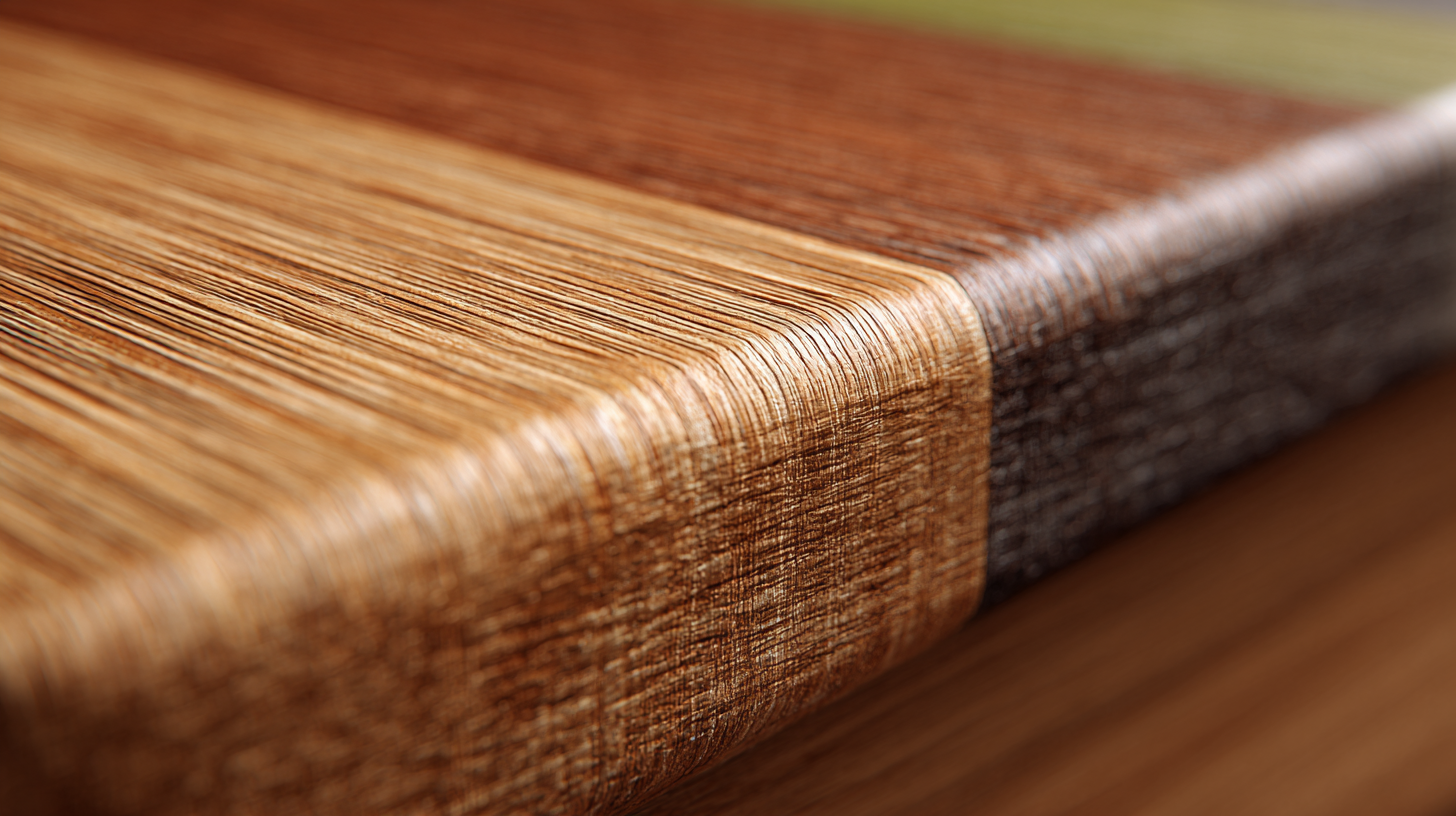 Optimizing your ply cut to size workflow is essential for enhancing overall production efficiency.
To measure the success of these optimizations, it's vital to track key performance indicators (KPIs) such as production time, waste reduction,
and cost savings. Regular analysis of these metrics can highlight areas for improvement and help identify best practices that can be implemented
across the board. For example, consider tracking the time taken for each stage of the cutting process, as this can reveal bottlenecks that
could benefit from further optimization.
Optimizing your ply cut to size workflow is essential for enhancing overall production efficiency.
To measure the success of these optimizations, it's vital to track key performance indicators (KPIs) such as production time, waste reduction,
and cost savings. Regular analysis of these metrics can highlight areas for improvement and help identify best practices that can be implemented
across the board. For example, consider tracking the time taken for each stage of the cutting process, as this can reveal bottlenecks that
could benefit from further optimization.
Tips for Optimization:
1. Implement digital cutting software to streamline the design process, allowing for quicker adjustments and better precision in cuts.
2. Regular training for operators on machinery and new techniques can ensure that your team is maximizing the equipment’s capabilities, leading to improved production rates.
3. Monitor material usage closely to minimize waste; adopting a just-in-time inventory system can reduce overhead costs and ensure that materials are used efficiently.
By focusing on these metrics and strategies, you can ensure that your ply cut to size workflow remains efficient and productive, ultimately leading to a more successful production operation.
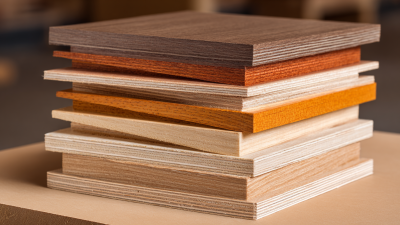
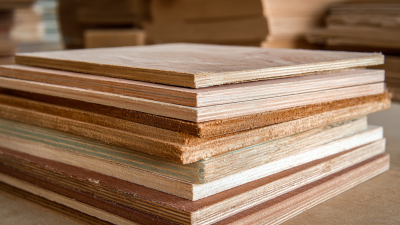
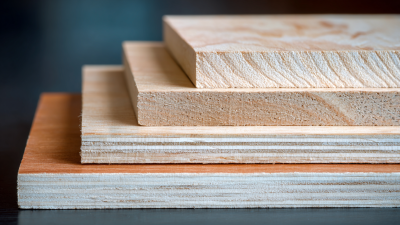

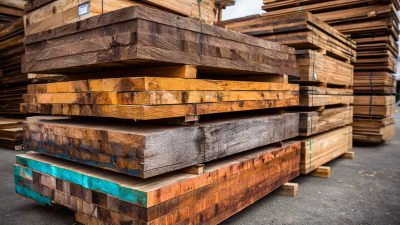


Signup our newsletter to get update information, promotion or insight.